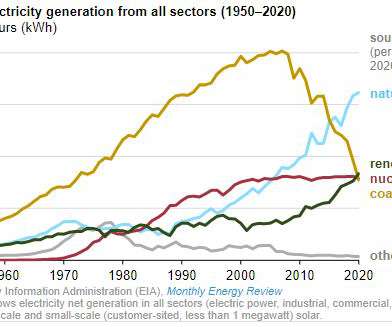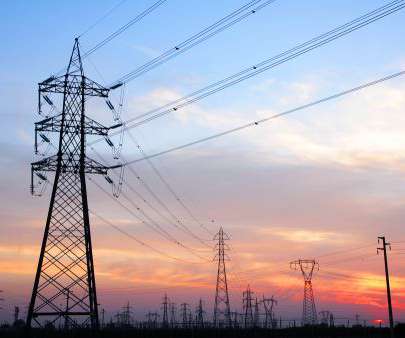Renewables became second-most prevalent U.S. electricity source in 2020, per EIA
Renewable Energy World
JULY 29, 2021
according to the Energy Information Administration , coming in second to natural gas at 1,617 billion kWh. Only natural gas produced more electricity than renewables in the U.S. Renewables surpassed nuclear (790 billion kWh) and coal (774 billion kWh) generation for the first time on record.














Let's personalize your content